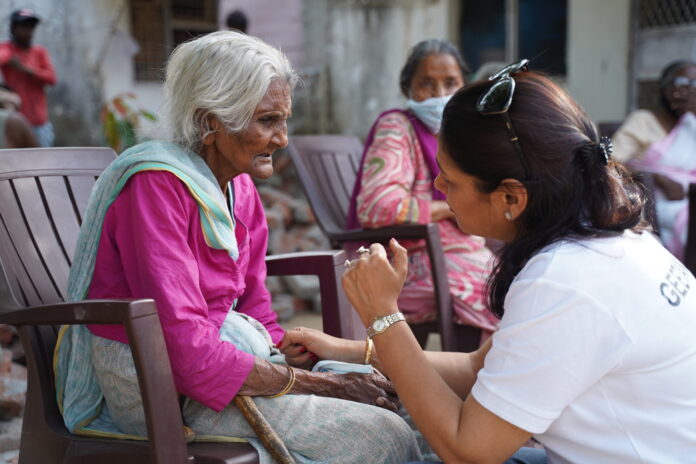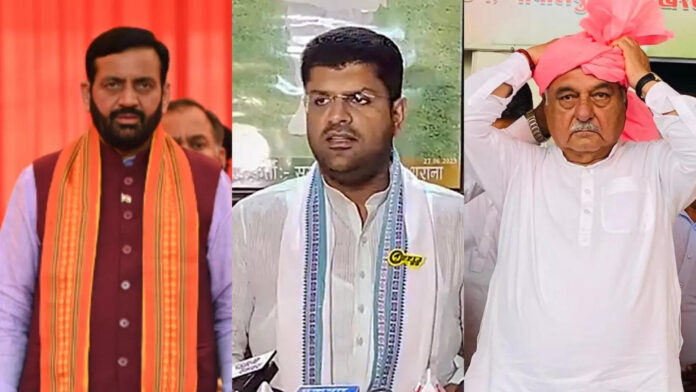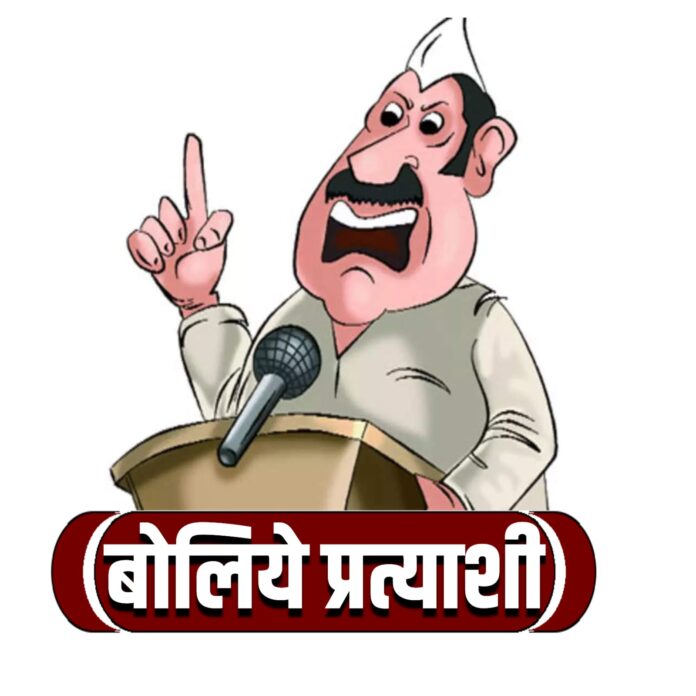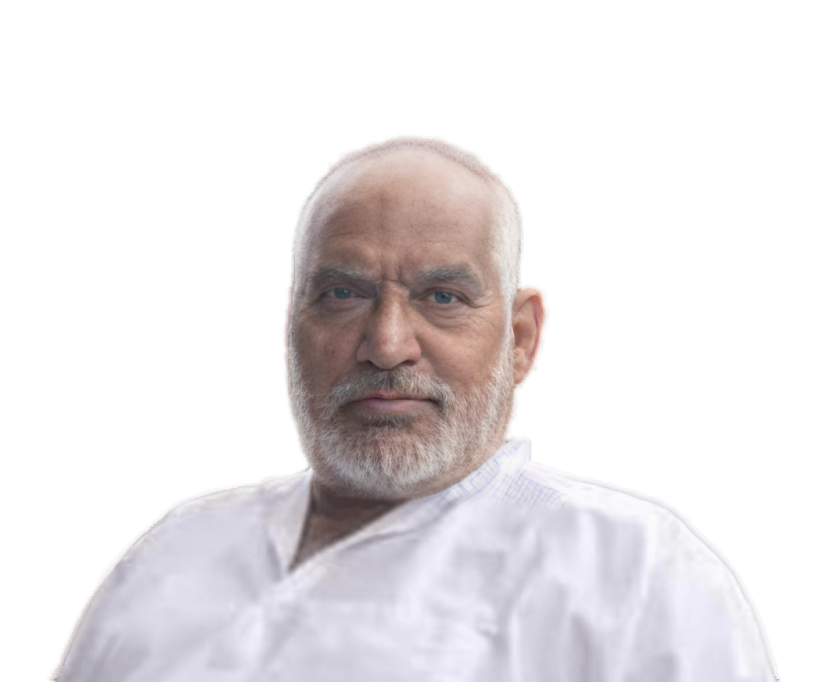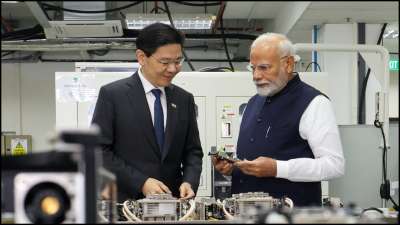Tauqeer Khan
India is at a critical juncture in its healthcare journey. The expansion of the Ayushman Bharat health insurance scheme to cover all senior citizens above 70 years, regardless of income status, represents a promising shift in how the country addresses the needs of its elderly population. However, the effectiveness of this policy change hinges on a deeper engagement with the underlying issues in India’s healthcare infrastructure. As India’s elderly population grows, this expansion must be carefully managed to ensure that it translates into real, high-quality care for senior citizens.
The Current Landscape of Elderly Care in India
The demographic profile of India is undergoing a dramatic transformation. By 2050, it is projected that the elderly population will double, reaching approximately 320 million and comprising nearly 20% of the total population. This shift will have profound implications not only for the healthcare system but for societal structures as a whole. The elderly, often requiring long-term care for chronic conditions such as diabetes, arthritis, and heart disease, will demand increased healthcare resources and specialized services.
Unfortunately, India’s healthcare infrastructure is currently not well-equipped to meet these rising demands. Presently, India’s expenditure on healthcare stands at just over 1.17% of its Gross Domestic Product (GDP)—a figure that is among the lowest globally. This limited funding has resulted in significant gaps in healthcare services, particularly in rural and semi-urban areas where access to care is already restricted.
The Expansion of Ayushman Bharat: Opportunities and Risks
The Ayushman Bharat scheme, which aims to provide health insurance coverage to the economically vulnerable segments of society, has already made substantial strides since its inception. The recent decision to expand the scheme to include all senior citizens above 70 years, regardless of their income status, is a commendable move. It reflects an understanding of the unique challenges faced by the elderly and acknowledges the need for a more inclusive approach to healthcare.
However, this expansion presents several challenges that must be addressed to ensure its success. One of the primary concerns is the risk of substandard care resulting from insufficient funding. The expansion of the scheme without a corresponding increase in public healthcare expenditure could lead to cost-cutting measures at the State level. This scenario might result in poor quality of care, particularly in economically weaker regions where healthcare resources are already stretched thin.
The Risk of Regional Disparities
India’s diverse socio-economic landscape means that the impact of the Ayushman Bharat expansion will not be uniform across the country. Wealthier States may have the resources and infrastructure to manage the increased demand effectively, while poorer States could struggle with disparities in healthcare quality and accessibility. This uneven distribution of resources could exacerbate existing regional inequalities and undermine the objective of providing equitable care to all senior citizens.
A recent report by the Comptroller and Auditor General (CAG) highlighted several issues with the implementation of the Ayushman Bharat scheme. The report revealed instances of widespread corruption and non-compliance with prescribed standards by empanelled hospitals. Such discrepancies not only impact the quality of care but also erode public trust in the scheme. The lack of adequate empanelled hospitals to meet growing needs further complicates the situation, leading to delays and reduced access to care.
The Gap in Geriatric Care Infrastructure
One of the most pressing issues in India’s healthcare system is the lack of specialized geriatric care. According to a 2021 report from the Ministry of Health and Family Welfare, only 0.2% of hospitals in India have dedicated geriatric care units. This stark inadequacy highlights a significant gap in the healthcare system, particularly given the increasing need for specialized care for elderly patients.
The absence of geriatric care units is compounded by the fact that many medical colleges in India do not offer specialized training in geriatrics. This lack of training means that there is a shortage of healthcare professionals with the expertise needed to provide high-quality care for the elderly. The growing demand for geriatric care must be matched with a corresponding increase in the number of trained professionals and specialized facilities to ensure that the expanded insurance coverage translates into effective and comprehensive care.
Addressing Outpatient Care Needs
Another critical aspect of elderly care that is currently overlooked by the Ayushman Bharat scheme is outpatient care. While the scheme provides coverage for inpatient services, it does not extend to outpatient care. This is a significant gap, given that 40-80% of health expenditure in India is on outpatient services. Many elderly individuals require regular outpatient visits for chronic conditions, follow-up treatments, and preventive care. The exclusion of outpatient services from the scheme could leave a substantial portion of elderly patients without necessary care and exacerbate their health issues over time.
The Role of Traditional Support Systems
In addition to addressing gaps in healthcare infrastructure, it is crucial to recognize the role of traditional support systems. Historically, extended families have played a significant role in providing care for the elderly. However, the rise of nuclear families and the weakening of traditional support systems over recent decades have left many elderly individuals without adequate care. This shift underscores the need for a robust, formalized healthcare system that can step in to fill the void left by these changing family structures.
Recommendations for a Sustainable Approach
To address these challenges and ensure that the expanded Ayushman Bharat scheme provides effective care for the elderly, several key actions are needed:
- Increase Public Healthcare Funding : To support the expanded coverage and improve the quality of care, there must be a significant increase in public healthcare expenditure. This funding should be targeted at both improving existing infrastructure and developing new facilities, particularly in underserved areas.
- Develop Specialized Geriatric Care Units : Investing in specialized geriatric care units and training programs for healthcare professionals is essential. This investment will help bridge the current gap in geriatric care and ensure that elderly patients receive the expertise and attention they need.
- Expand Outpatient Coverage : The Ayushman Bharat scheme should be expanded to include outpatient care services. This inclusion will address a significant portion of healthcare needs for the elderly and provide a more comprehensive coverage package.
- Strengthen Implementation and Oversight : To address issues of corruption and non-compliance, there must be strengthened oversight mechanisms for the implementation of the scheme. Ensuring that empanelled hospitals adhere to prescribed standards is critical to maintaining the quality of care.
- Focus on Regional Equity : Special attention should be given to addressing regional disparities in healthcare quality and accessibility. This includes allocating additional resources to economically weaker States and ensuring that they are equipped to manage the increased demand for care.
- Enhance Community-Based Support Systems : Developing community-based support systems and integrating them with formal healthcare services can help fill gaps left by traditional family structures. Community health workers and local support networks can play a vital role in providing care and support to elderly individuals.
The expansion of the Ayushman Bharat scheme to cover all senior citizens above 70 years is a significant and positive step towards improving healthcare access for the elderly. However, to realize the full potential of this initiative, it is crucial to address the broader systemic issues within India’s healthcare infrastructure. By increasing funding, investing in specialized care, expanding coverage, and strengthening oversight, India can ensure that its elderly population receives the high-quality care they deserve. As the country navigates this demographic transition, a holistic and well-resourced approach to elderly care will be essential in providing equitable and effective healthcare services to all senior citizens.

